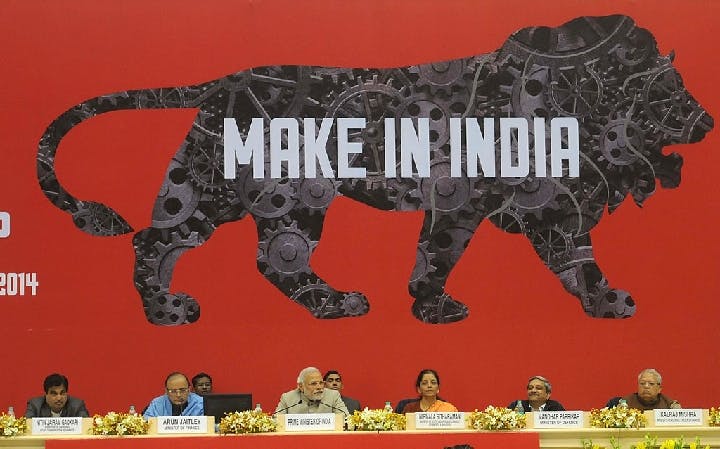Summer 2021
Pacts and Impacts
– Michael Kugelman
India’s selective approach to treaties maximizes its global autonomy. But does New Delhi miss out on opportunities?
On June 15, 2020, a nasty brawl broke out between Indian and Chinese forces along their disputed border in the region of Ladakh. It was the deadliest India-China clash in 45 years.
Twenty Indian soldiers died in the fracas – which featured fisticuffs and pushing and shoving that resulted in soldiers falling to their deaths into an icy river. India-China relations plunged to their lowest point since a 1962 war.
The tragedy also amplified the threat that China, New Delhi’s biggest strategic rival, poses to India along its northern border. It even sparked speculation among analysts that India would take steps to formally align itself with the United States, in order to jointly tackle a shared China threat that has fueled the expansion of U.S.-India security cooperation over the last decade.
New Delhi quickly put the kibosh on such notions. Several weeks after the border clash, External Affairs Minister S. Jaishankar proclaimed that “we were never part of an alliance system and we will never be.” He argued that the current world order actually creates more space for “middle powers” like India to assert their independence and flexibility in world affairs.
Jaishankar’s comments underscored the continued vitality of a longstanding foreign policy principle: Avoid alliances and other arrangements that limit New Delhi’s foreign policy agency. India prefers to act on its own terms, using channels and tools of its own choosing to balance autonomy and multilateralism.
“[W]e were never part of an alliance system and we will never be.”
Selectivity about treaties is a key part of India’s approach. Agreements perceived as binding or entangling are off limits. Those that advance its flexibility are fair game.
As India expands its role on the world stage, it will increasingly look at treaties as an opportunity rather than a constraint – so long as they don’t cross any red lines. But can being choosy also close off opportunities that India would like to pursue?
The Legacy of Non-Alignment
In its first few decades following independence, India was a leader of the Non-Aligned Movement (NAM) – a group of developing and post-colonial countries that refused to join the American and Soviet camps.
In the Cold War, however, India did occasionally pick sides. The nation signed a Treaty of Peace, Friendship, and Cooperation with the Soviets in 1971— an agreement that helped India acquire the arms to fight a war against Pakistan that same year.
Yet even that agreement was drafted carefully to ensure the treaty didn’t tie New Delhi down. Article 1 stipulates that “each Party shall respect the independence, sovereignty, and territorial integrity of the other party and refrain from interfering in the other’s internal affairs.”
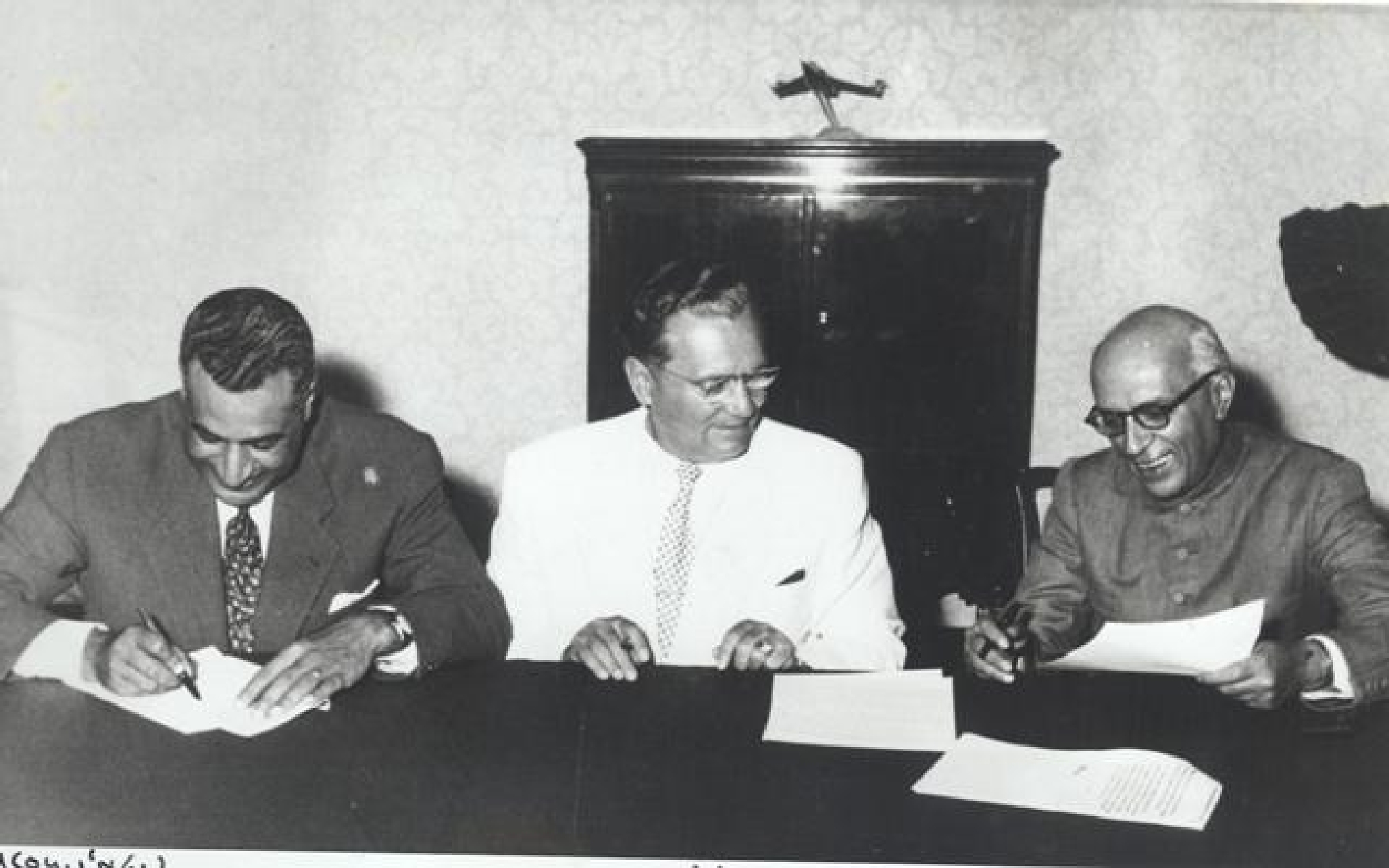
The NAM struggled to retain relevance in the post-Cold War era, and India’s foreign policy experienced a major shift away from some of its principles in the early 1990s. New Delhi initiated economic liberalization reforms, and began to pursue international diplomacy with greater rigor and intensity.
One result is that India has become more active in international organizations, from BRICS and the Shanghai Cooperation Organization to the Heart of Asia Istanbul Process. It also has deepened its relations with major powers in Europe, the Middle East, and Asia. Three of New Delhi’s closest partners today are America, Australia, and Japan, who together comprise a grouping of powerful rivals of China: the Quadrilateral Security Dialogue.
Furthermore, India’s position has evolved to encompass greater involvement in global climate negotiations. In the past, New Delhi resisted environmental agreements that obliged developing countries to cut carbon emissions, and argued that such measures imperiled its economic development. They were also unfair, in India’s view, because developed countries were able to industrialize and develop with no such obligations.
In more recent years, however, India appears to have read the writing on the wall about the worsening threat of climate change, and has grown more receptive to mitigation obligations. The current government in New Delhi is a big proponent of global climate treaties.
Still, old habits die hard, and the NAM’s ideals live on in India, albeit with new branding as “strategic autonomy.” New Delhi continues to eschew formal alliances as it plays careful diplomatic balancing games. India places a premium on pursuing good relations with both sides of rival pairings – the United States and Russia, Iran and Saudi Arabia, and the Israelis and the Palestinians, among others. Until last year’s clash, India also enjoyed a robust trade relationship with China, despite their strategic competition and disputed border.
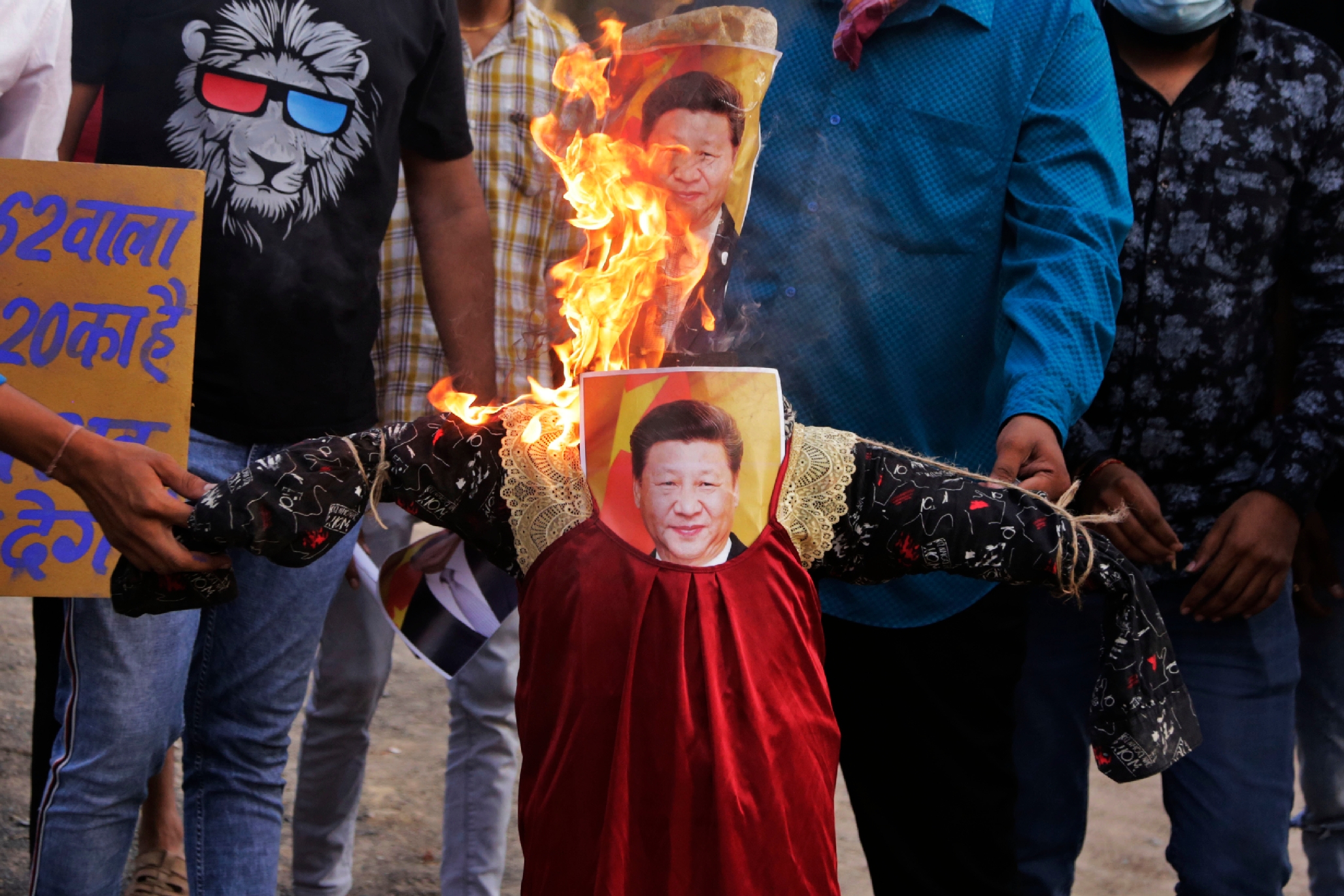
India also likes to talk the walk of strategic autonomy, going to great rhetorical lengths to underscore its independence, and to push back against any perception of reliance on other states.
Examples are easy to find. When Prime Minister Narendra Modi’s government sought to attract major Western manufacturing companies to participate in co-production arrangements to strengthen India’s manufacturing sector, New Delhi first called it a “Make in India” policy. More recently, officials explicitly called the effort a way to make India “self-reliant.”
Even when dozens of countries sent India relief supplies to help it tackle a devastating COVID-19 surge this past spring, the framing of autonomy persisted. New Delhi referred to such support not as assistance, but as a means of strengthening partnerships.
Process and Product
What sorts of treaties does India favor— and how are they made?
The Indian government released a lengthy and detailed memo in that outlines the nitty-gritty of treaty formulation within the Indian interagency process. The External Affairs Ministry (EAM)’s Legal and Treaties Division vets initial drafts before they move forward. Representatives from this division join all high-level delegations that go abroad to negotiate treaties.
Most significantly, treaties go directly through India’s Cabinet—and are neither discussed nor approved by Parliament, perhaps to avoid politicizing them. Legislators do, however, weigh in on proposed changes to existing treaties.
EAM maintains a public database of Indian treaties. It’s searchable by year, type, and country. For a government bureaucracy often faulted for poor record keeping, the database’s meticulousness is striking. It’s also quite up to date, with the most recent treaties – concluded just days earlier – appearing at the top of search results.

There are nearly 3,400 treaties in the EAM database – and the divide between the non-aligned era and India’s growing global engagement is stark. Nearly 2,900 agreements have been concluded since 1991, compared to fewer than 700 in the pre-1991 era. India has inked more than 1,600 treaties since 2010 alone.
India’s treaties encompass commerce, cultural relations, and defense, as well as education, health, international law, and science and technology. The broad commonality that links these thousands of disparate agreements is that each one helps India advance its goal or interest without involving compromises to its independence or autonomy.
For instance, India’s bilateral investment and free trade agreements seek to strengthen its economy, and boost diplomatic relations. New Delhi’s strategy isn’t complicated. It aims for commercial accords that enable it to export more than it imports. When that doesn’t happen, India works to renegotiate them.
Defense treaties help New Delhi boost its military capacities as it pursues military modernization, but remains hamstrung by outdated military equipment and subpar defense procurement and manufacturing capacities. India’s most recent defense treaties entail more arms sales, technology transfers, and intelligence sharing.
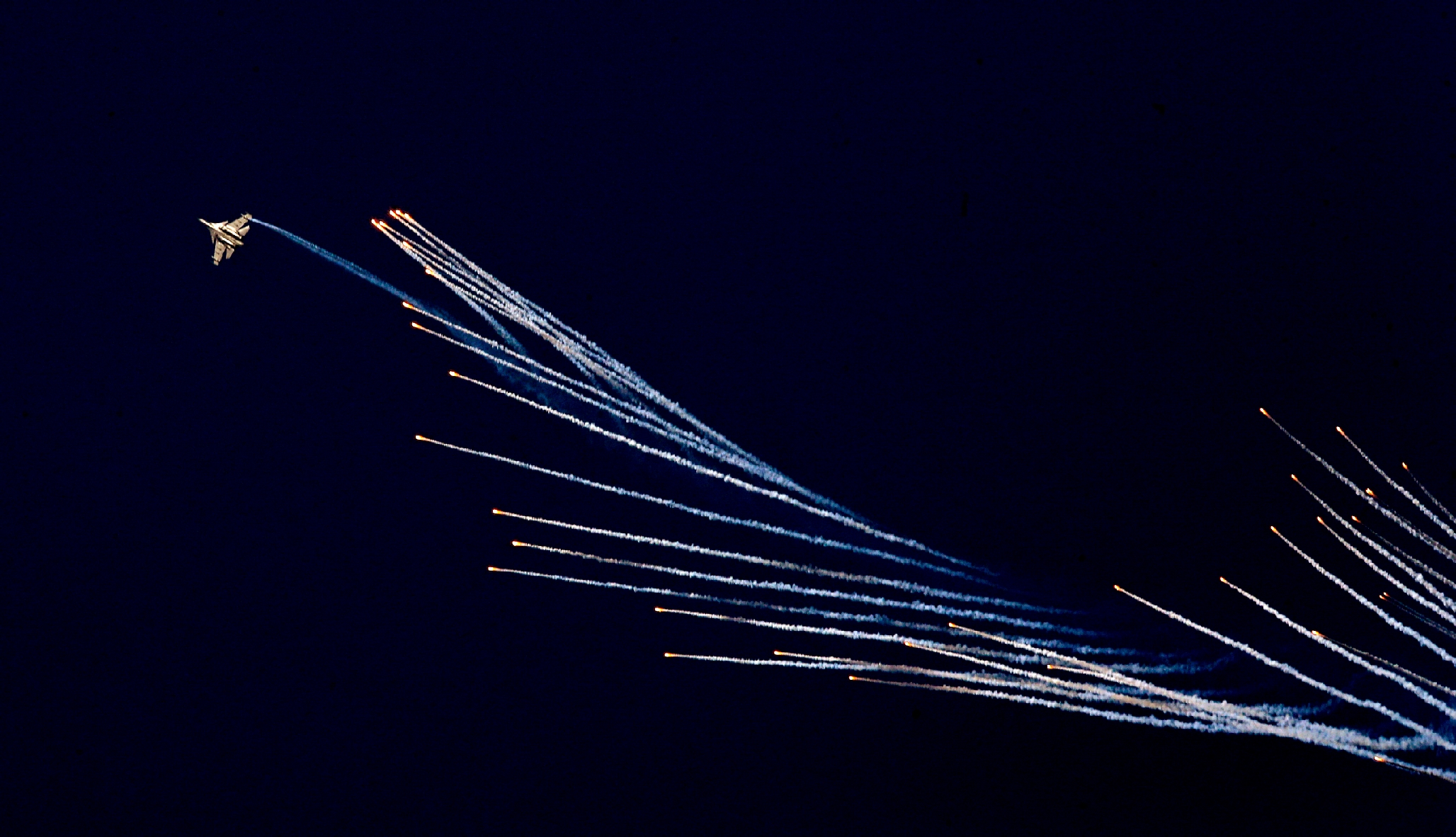
Examining security agreements with Washington provides a window into India’s goals. These pacts allow for closer operational cooperation with the U.S. military – including arrangements that enable the U.S. military to refuel at Indian facilities. But India will not ink any defense agreement that entails joint operations (including joint naval patrols) outside of joint training exercises. New Delhi also eschews agreements with a collective defense clause requiring India and its treaty partner(s) to come to each other’s aid in the event of an attack upon one of them.
Soft power is at the heart of India’s cultural agreements. One of its newest international treaties, inked in June, entails a partnership between India’s national yoga ministry and the Saudi Arabian sports ministry that focuses on cooperation “to study traditional systems of yoga.”
New Delhi sees soft power, as exemplified by yoga, Bollywood, and cuisine, among other things, as a key vehicle for boosting its global influence. But it also plays an important public relations role at a moment when many international observers and the global media have sharply criticized the Modi administration for crackdowns on rights and freedoms and for its botched response to its COVID surge this spring.
A Growing Global Role
New Delhi has also signed treaties focused on cyber security, climate change, public health, piracy, and other global concerns. India pursues these agreements to better position itself to tackle these challenges at home, but also to project itself as a responsible global actor, willing and able to cooperate bilaterally and multilaterally to address the world’s greatest shared threats.
We’re likely to see many more of these types of treaty in the future, as New Delhi ramps up efforts to gain a more prominent position at the global roundtable. Samir Saran, a noted Indian strategic analyst, has articulated India’s vision of its role in the world, and how it seeks to transform this vision into action:
For the first time since the end of the Second World War, a nation state that is wary of hegemonic tendencies and identifies itself with the equitable governance of the global commons is in a position to shape the international order. India…has sustained a unique democratic ethos and a foreign policy that is defined not only by national interest but also by solidarity with the developing world. As a leading power, India must look beyond raw indexes of economic, political and military might, and craft a consensus that is consistent with its ancient and historic view of the world.
Saran argues that India can increase its power by capitalizing on its economic strength, leading from the front on developing world causes, and positioning itself as a top global player in debates and negotiations on shared challenges such as climate change. He adds that “India’s non-interventionist and multilateral approach” – key principles of the NAM today – “is well suited to support and sustain global governance in a multipolar world: the new reality of this century.”

This formulation offers a crystal ball of sorts to forecast India’s future treaty priorities. New Delhi will continue to seek out agreements around free trade and investment, but environmental protection, public health, human development, and migration will also come into sharp focus.
Indeed, the watchwords underpinning India’s most recent treaties suggest keen awareness of a global to-do list that includes innovation, digitization, cyber security, health, disaster management, sustainable urban development, wildlife conservation, and transboundary water management.
The Price of Avoidance
As we’ve seen, India avoids treaties with alliance-like features. But the exigencies of strategic autonomy also require it to subject any potential treaty to an array of strict criteria. Will the agreement constrain our freedom of action? What impact might it have on our economic, political, and security interests?
The result is a high degree of selectivity in making treaties. But is there an argument that New Delhi is too selective? Choosing not to agree sometimes comes back to haunt India, and its interests can suffer when it declines agreements that don’t match its preferred posture.
India, for example, never joined the 1951 UN Refugee Convention – or its 1967 Protocol. Signatories pledge not to repatriate refugees to places deemed unsafe, and vow not to repatriate any refugee against her or his will. India’s decision not to join is notable, given that the country currently hosts several hundred thousand refugees and is located in a region with extensive cross-border migration. Additionally, three quarters of the world’s countries have signed the Convention or its Protocols.
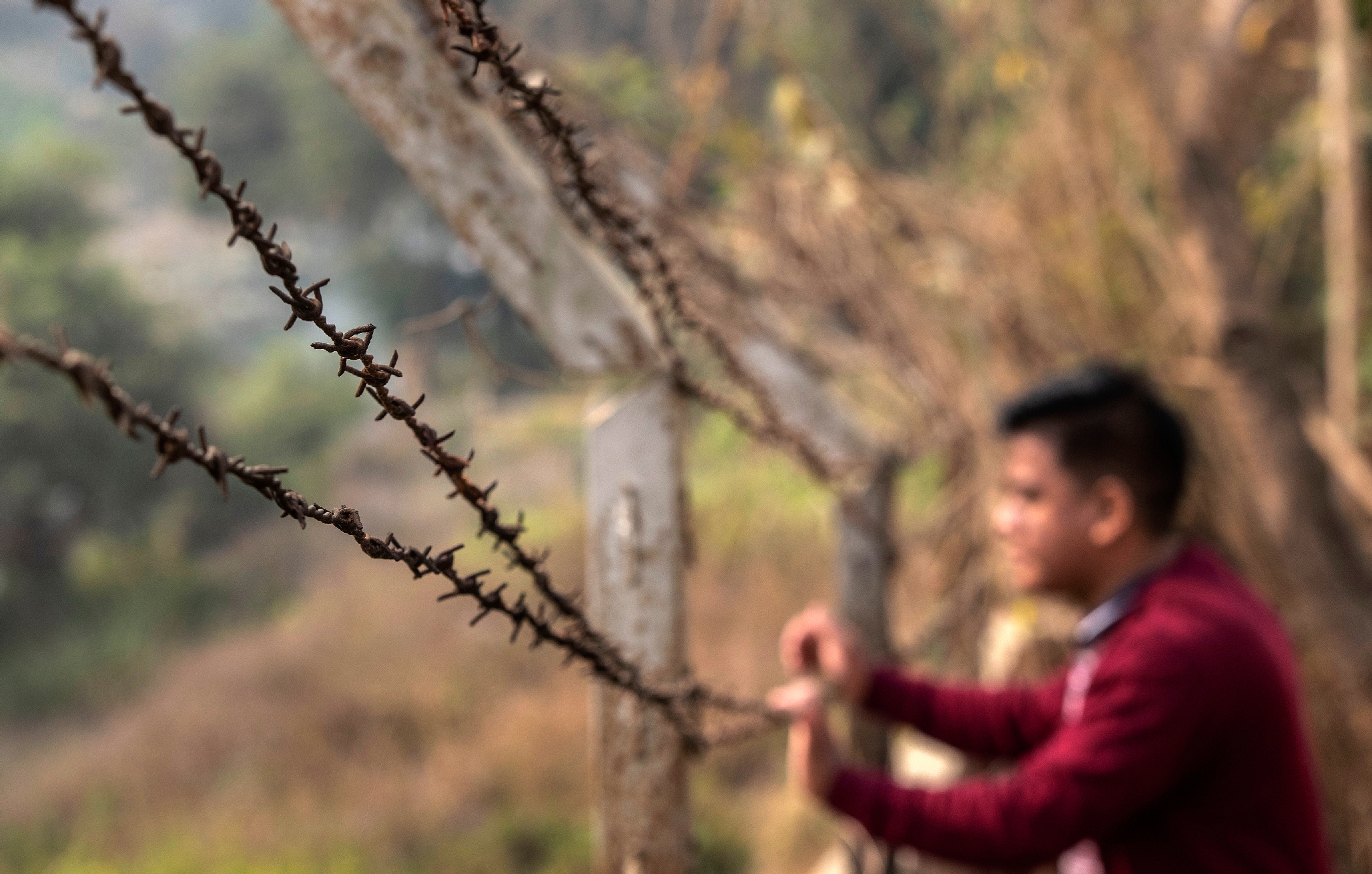
India has never clearly stated why it opted out, but experts believe it is a combination of factors. First, there are concerns about the burdens long-term refugees place on Indian resources and infrastructure, as well as fears about affecting the nation’s demographic balance.
But practical considerations and even history also play a role. India has long housed refugees on its own, with no outside assistance, and thus believes it has no need to sign a treaty. There is also lingering anger at the UNHCR (the UN’s Refugee Agency) for its actions during the 1971 India-Pakistan war.
Yet India’s absence from the convention has had several deleterious effects. First, it undermines New Delhi’s goals of promoting developing world causes and showcasing its commitment to working multilaterally to strengthen global norms. (In this case, protecting refugees).
Additionally, India risks reputational damage during any refugee crises in which it is involved. In 2017, hundreds of thousands of Rohingyas fled violence in bordering Myanmar.
New Delhi worried that some of these refugees were Islamic militants, and Indian Home Minister Rajnath Singh said that as a non-signatory to the convention, his nation would not be violating international law if it deported Rohingya refugees on its soil. His observation was legally sound. But from a moral perspective, it made New Delhi look heartless.
The Unfairness Factor
Agreements on nuclear weapons have been another challenge for India’s treaty policies. New Delhi never signed the 1970 nuclear nonproliferation treaty – the landmark accord meant to curb the spread of nuclear weapons. Today, India is one of only four nations – the others are Israel, Pakistan, and South Sudan – not to have joined the agreement.

India rejected the treaty because it forbade non-nuclear states from going nuclear – and India didn’t want to be so constrained. Four years after the NPT entered into force, India tested its first nuclear device. It became a formal nuclear weapons state in 1998.
In subsequent years, India came to view the NPT as fundamentally unfair. The NPT permitted states to join if they produced any nuclear device before January 1967, or if they were non-nuclear states. The five nuclear weapons states currently in the NPT have committed to pursue nuclear disarmament, but there are no specific timeframes for them to do so. However, any state – such as India – that acquired nuclear weapons after January 1967 must dismantle them before joining the treaty. This is a non-starter for India.
India’s absence from the NPT didn’t stop Washington – despite considerable opposition from nonproliferation hawks on Capitol Hill –from concluding a civil nuclear agreement with New Delhi in 2008. The accord enabled India to engage in civil nuclear trade with the United States, and it also helped New Delhi make the case for being a responsible nuclear player, even without being an NPT signatory.
New Delhi never signed the 1970 nuclear nonproliferation treaty – the landmark accord meant to curb the spread of nuclear weapons.
However, India’s non-NPT status badly hurts New Delhi’s chances of achieving one of its top foreign policy goals – membership in the Nuclear Supplies Group (NSG), a prestigious global club of 48 nations that regulates global nuclear trade and aims to reduce proliferation risks. Membership in nonproliferation treaties is a basic prerequisite for acceptance into the NSG. In fact, it was India’s initial nuclear test, in 1974, as a non-signatory of the NPT, which helped inspire the launch of the NSG.
Tipping the Scales
Trade is another area in which India’s template for treaties may frustrate its ambitions. Take the case of the Regional Comprehensive Economic Partnership (RCEP), a 15-member Asian trade bloc finalized in 2020.
The RCEP has massive economic potential; according to one estimate, it could add $209 billion annually to world incomes, and $500 billion to global trade, by 2030. While India was involved in the initial negotiations for the deal, it backed out because of resistance from key constituencies, including Indian companies and farmers.
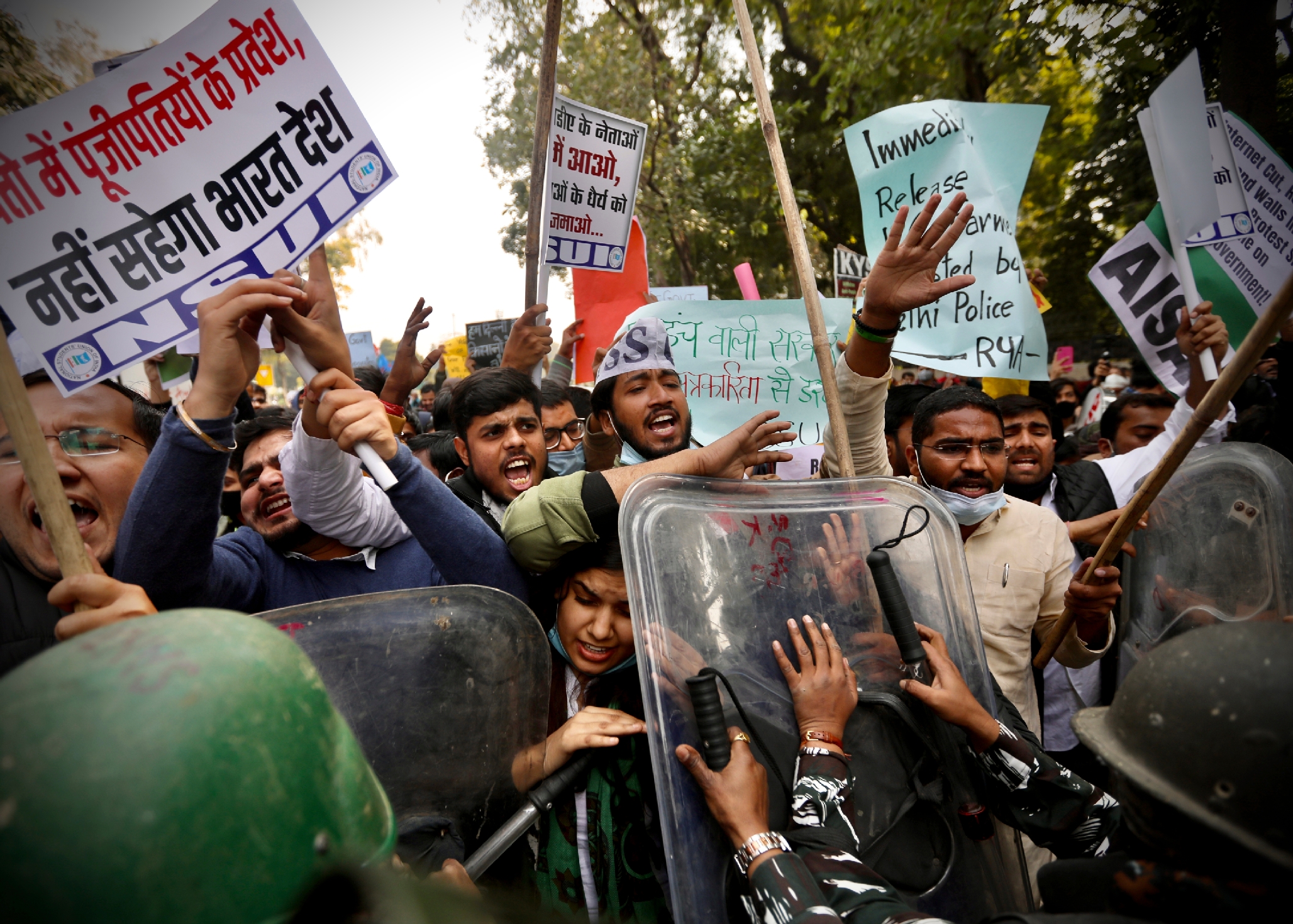
Yet New Delhi’s penchant for economic deals that tip the scales in India’s favor meant it also was concerned about establishing trade deficits with nearly all RCEP countries. It also feared RCEP would create a flood of cheap goods from China into Indian markets.
India’s decision on RCEP made sense for domestic political and economic reasons, but it also deprives New Delhi of multiple geopolitical opportunities in Asia.
Rejecting RCEP also cuts against another core Indian foreign policy goal – shoring up relations with countries to its east, especially states in the Association of South East Asian (ASEAN). This effort is meant to compensate for India’s non-membership in the Asia Pacific Economic Cooperation (APEC), a partnership of 21 Pacific Rim states that includes most ASEAN states.
Choosing not to agree sometimes comes back to haunt India, and its interests can suffer when it declines agreements that don’t match its preferred posture.
As I wrote with my Wilson Center colleague Shihoko Goto in 2019: “Saying no to RCEP is a missed opportunity to strengthen relations with the very ASEAN states that New Delhi seeks to cultivate – and it deprives India of access to key supply lines in Southeast Asia.”
Ditching RCEP also hurts India’s goal of playing a more active role in Asia’s new and emerging economic architecture and enhancing its role on the world stage. Indeed, the selectivity can be puzzling. India is already the second-largest shareholder in the Asian Infrastructure Investment Bank, for instance.
Treaties and Trajectories
New Delhi’s high degree of selectivity has sometimes worked against its interests. But the trendlines are clear: There has been a major shift in how India has pursued treaties – and foreign policy on the whole – over the last 30 years.
Through the end of the 1980s, India was focused inward, with emphasis on import substitution policies and a foreign policy framed through a lens of advocacy for self-determination and anti-imperialism. It averaged barely 10 new treaties a year.
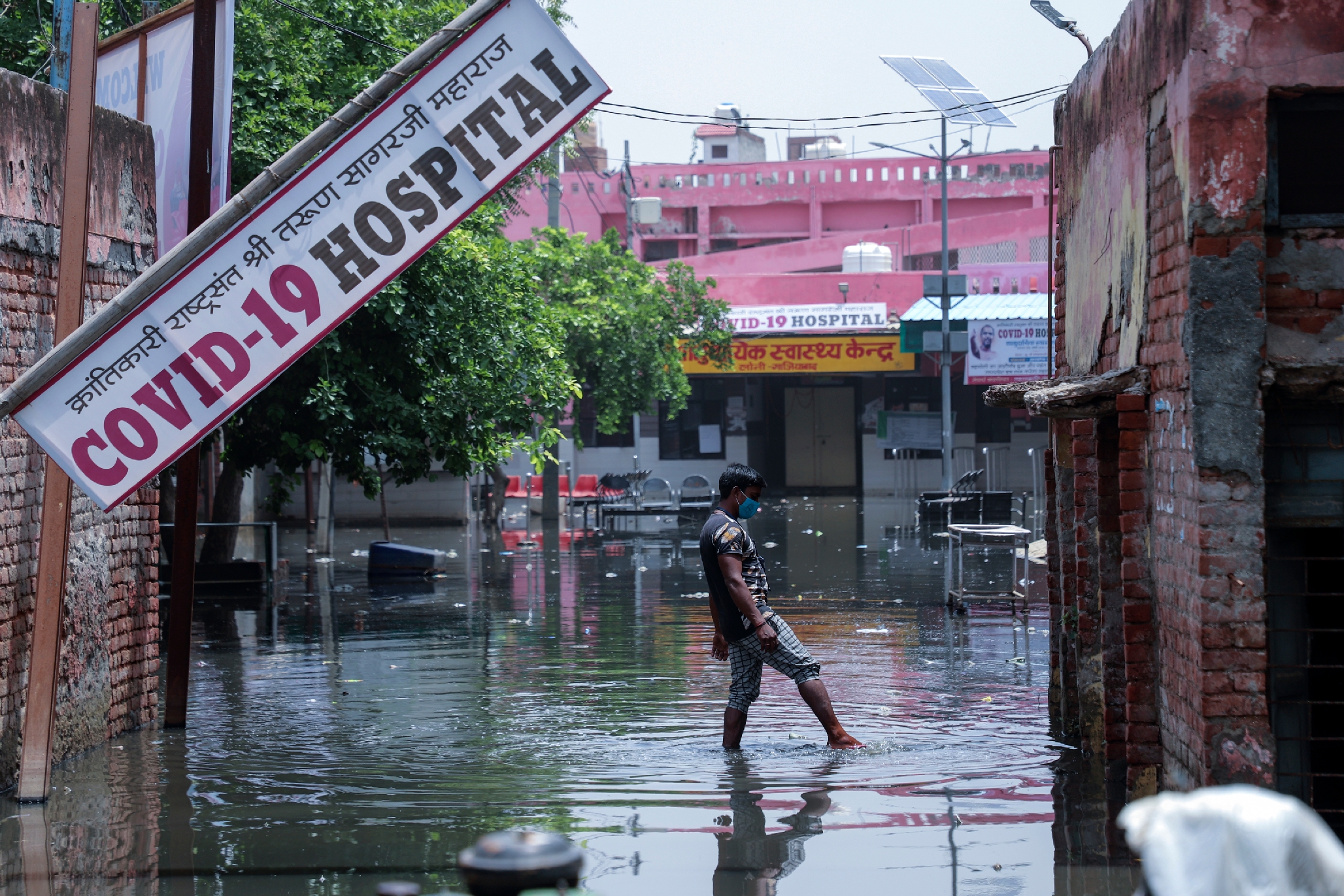
But in the post-1991 era, despite the lingering legacy of nonalignment, India has become a major global player – ramping up relations with major powers, playing leading roles in regional organizations, and receiving guest invitations to attend events with the world’s most prestigious clubs, such as a recent G-7 summit in London. Over the last decade, it has averaged more than 155 new treaties per annum.
In this sense, India’s pursuit of treaties has become a bellwether of its broader foreign policy trajectory. It also highlights the successes of strategic autonomy: Despite everything, New Delhi has maintained the flexibility and independence to secure an increasing number of treaties on a variety of subjects, and with a range of bilateral and multilateral partners.
Michael Kugelman is senior associate for South Asia and Asia Program deputy director at the Wilson Center. He is grateful for the research assistance of Asia Program interns Mehreen Jatoi and Mahika Khosla.
Cover photograph: Indian Prime Minister Narendra Modi offers closing remarks at the final session of the National Workshop on Make in India in December 2014. (Prime Minister's Office, Government of India, under Government Open Data License - India.)
